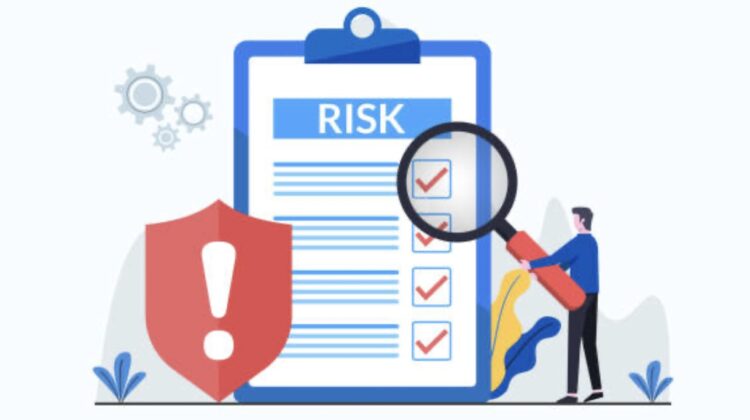Business revival strategies are crucial yet often misunderstood by startups. Picture this: you’re facing a dire situation—zero capital, empty cash reserves, dwindling merchandise, and mounting debt. Your employees are disengaged, insults and curses are flying, and there’s the looming threat of confiscation from creditor banks and private lenders. To top it all off, the rent for your business location expires next year. In short, disappointment and hostility surround you, and bankruptcy seems imminent. Is there still hope? Can you rise from the ashes?
Don’t despair—there are proven strategies for business revival. Consider the experience of one businessman who found himself in a similar predicament. He was tasked with managing a nearly bankrupt family business because no one else was willing to take on such high risk. Here’s how he employed unconventional business revival strategies to turn the situation around.
1. Stay Calm and Don’t Panic

The first lesson in tackling significant problems is to avoid panicking. When faced with a family business in distress—a building shop with an annual revenue of around $300,000 and in dire straits—the businessman remained composed despite having no prior experience in that specific sector. His knowledge of general management and leadership principles helped him project calmness to the employees. Despite the internal turmoil and the pressure of an impending apocalypse, he navigated the situation without adding to the existing chaos.
2. Prioritize Employee Morale

The second key strategy is to focus on improving employee morale. Recognizing the demoralization among staff, he assured them that improvements were on the way. To boost morale, he increased their wages by 20% without prior approval from the company owner, avoiding lengthy debates while the owner focused on securing assets. He also enforced administrative order, disciplined employees, and managed the owner’s family, who were accustomed to interfering in company affairs. Though this decision initially angered the owner and family, it paid off after three months when the business began to show progress.
3. Maintain Optimism

The third strategy involves maintaining an optimistic attitude. Optimism is crucial for overcoming challenges. He dismissed pessimistic thoughts and treated bankruptcy threats as empty threats from envious rivals. To counteract panic and anxiety, he encouraged employees to relax during breaks and after work, engaging in activities like playing chess, cards, or music, and sharing jokes. This positive environment played a significant role in the turnaround.
4. Identify and Address Weak Points

The fourth strategy is to pinpoint the root causes of the business’s collapse. In this case, financial control was chaotic, with many basic errors. Small and medium-sized businesses often excel at sales but falter in financial management. There was excessive cash outflow, unrecorded personal expenditures, forgotten personal debts, and uncollected receivables. The businessman implemented strict financial controls, requiring even minor cash disbursements to be signed by the owner. Despite initial resistance, the owner eventually relinquished control over policies and operations, understanding that saving the business was critical.
5. Focus on Professionalism Over Praise

The fifth strategy is to prioritize professionalism and the company’s interests over personal praise. Despite the risk of being fired, he made decisions that were best for the business, even if they conflicted with the owner’s personal interests. His dedication to improving the company’s performance, such as enhancing employee benefits and work facilities, was essential for business revival.
6. Rebuild Trust

The sixth strategy involves rebuilding trust. The businessman’s policies positively impacted the working environment, turning him into a hero among the staff. Employee morale improved dramatically, and salespeople who once feared non-payment now competed to secure orders. This restored trust was vital for the business’s recovery.
7. Manage Speculation and Risk

Lastly, he managed speculation and risk with careful planning. Despite limited cash, he made strategic moves, such as providing substantial back demand deposits to suppliers to ensure continued supply. The team worked under high pressure, but with good intentions and integrity, they navigated through supplier and banking challenges.
Results of the Business Revival Strategies
By the fourth month, the company was ready to expand its fleet and extend the lease on its business location for another decade. The shop was prepared for renovations, and interactions with previously unfriendly bank staff and suppliers improved dramatically. The once-dreaded queues of debt collectors were replaced by enthusiastic buyers and customers eager to shop.
In conclusion, effective business revival strategies involve staying calm, boosting employee morale, maintaining optimism, identifying weak points, prioritizing professionalism, rebuilding trust, and managing risk. By applying these strategies, businesses facing severe challenges can find a path to recovery and success.




